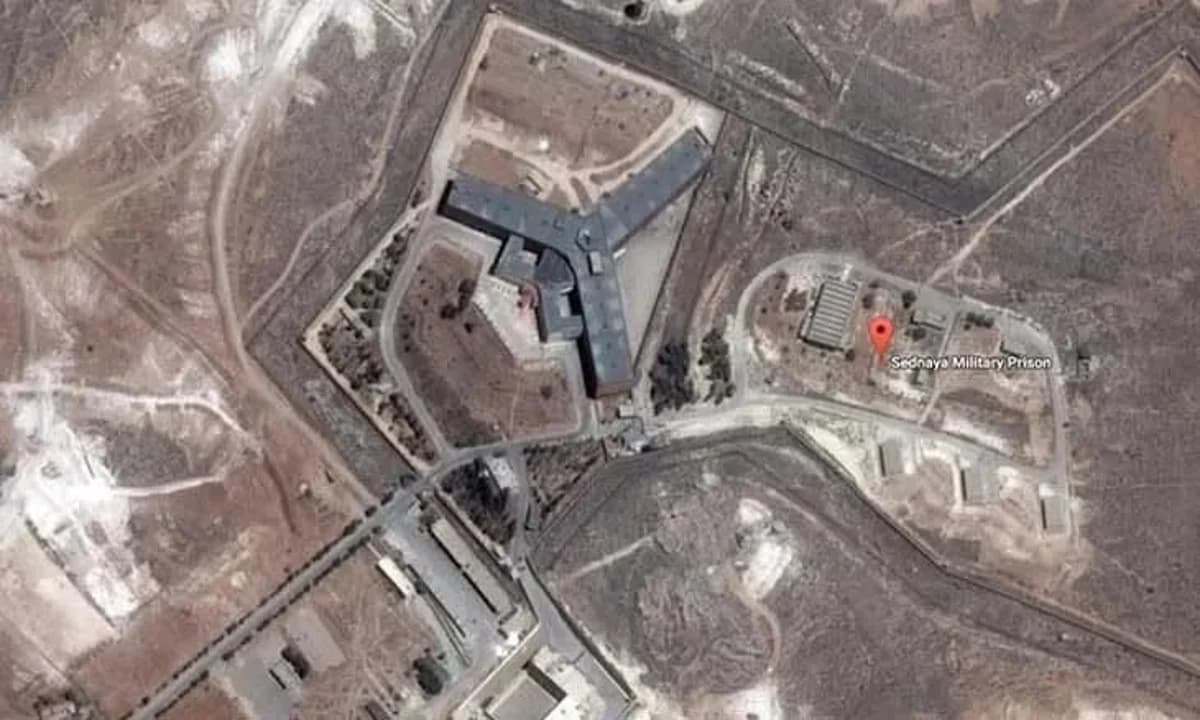the Depths of Hell
Inside Syria's "Human Slaughterhouse": The notorious Saidnaya Prison that has finally fallen
For decades, this fortress-like detention center has been synonymous with the Assad regime's most horrific human rights abuses, where tens of thousands were imprisoned simply for opposing the government - or sometimes for even less.

In a dramatic turn of events in Syria's ongoing civil conflict, rebel forces have captured the infamous Saidnaya prison on the outskirts of Damascus - a facility so brutal it earned the moniker "The Human Slaughterhouse." Hours after liberation, the full horror of what transpired behind these walls is beginning to emerge.
The scenes that greeted rebel forces as they secured the facility late Saturday night were haunting: children's cells, hanging nooses, and torture implements that witnesses say are too gruesome to describe in detail. Among those freed in the initial wave were several minors, their release captured in emotional footage that has since circulated widely across social media.
Built in 1987, Saidnaya wasn't just any prison - it was deliberately engineered as a fortress of fear. Its distinctive architecture, modeled after the Mercedes-Benz logo, comprises three main wings that intersect at what inmates called "The Hexagon" - the facility's most secure section, housing its isolation cells. The design was purposeful: prisoners were kept in perpetual disorientation, unable to learn the building's layout or even glimpse their guards' faces.
The facility's specifications read like something from a dystopian novel. Each wing rises three stories, with two sections per floor containing twenty communal cells. These eight-by-six-meter chambers were deliberately positioned away from windows, with just one ventilation point serving every four cells. The ground floor of each wing contained one hundred solitary confinement units.
But it's the death toll that truly staggering. The Syrian Observatory for Human Rights estimates that since the Syrian uprising began, nearly 30,000 detainees perished within these walls - through torture, systematic abuse, or mass executions.
A landmark 2017 Amnesty International report dubbed the facility "The Human Slaughterhouse," revealing that between 2011 and 2015, weekly mass hangings claimed between 20 and 50 lives - all authorized at the highest levels of Assad's government. The organization documented 35 distinct torture methods employed by prison authorities, with their use intensifying dramatically after 2011.
Perhaps most chilling was the U.S. State Department's 2017 revelation that the facility had been equipped with a crematorium. According to then-senior Middle East diplomat Stuart Jones, the prison was executing approximately 50 opposition members daily, with the crematorium serving to destroy evidence of the systematic killings.
"Credible sources reported bodies being disposed of in mass graves," Jones stated at the time. "The regime constructed the crematorium specifically to hide the magnitude of their atrocities."
As rebel forces secure the facility and former prisoners emerge with their stories, the full scope of what transpired in Syria's most notorious prison may finally come to light. But for many families of the disappeared, answers may have literally gone up in smoke - incinerated in what will likely be remembered as one of the darkest chapters of Syria's civil war.
Kikar HaShabbat contributed to this article.